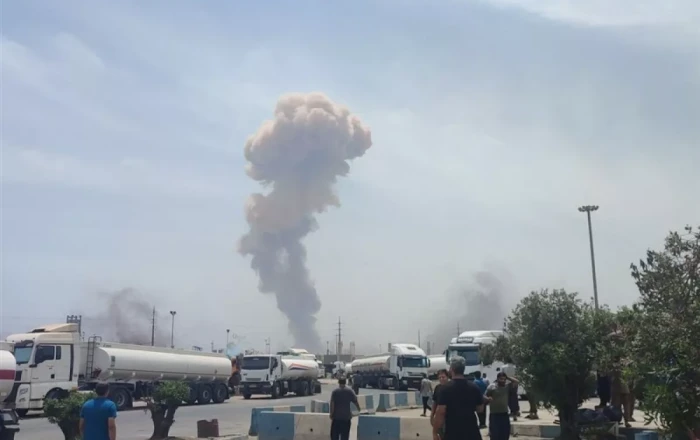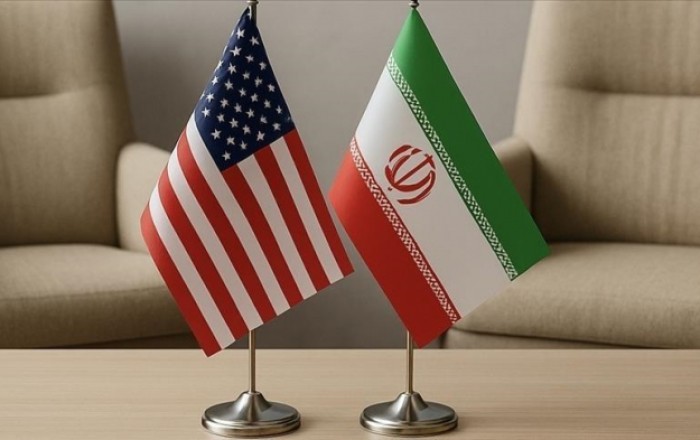Eco News explores in a recent article that at first glance, the glowing green swirls in the Gulf of Oman may seem like beautiful natural phenomena. However, experts warn that these luminous waters are a sign of significant and troubling environmental shifts.
Recent studies suggest that the green hue, which appears prominently during the monsoon season, is linked to a rapidly evolving marine ecosystem that could have global repercussions.
Aerial surveys reveal that the Gulf of Oman is experiencing a striking green glow, caused by an explosion in phytoplankton populations. This increase is driven by monsoon winds that stir the ocean’s surface and bring nutrient-rich waters to the surface, fueling the growth of these microscopic organisms. While this phenomenon is natural, it now marks the rise of Noctiluca scintillans, a bioluminescent species of phytoplankton that is dominating large sections of the Gulf.
Unlike other types of plankton, Noctiluca thrives in nutrient-poor waters, outcompeting other species and altering the region’s marine ecosystem. These blooms significantly reduce oxygen levels in the water, creating hypoxic conditions that endanger marine life. As Noctiluca spreads, it disrupts the food web, displacing essential diatoms and causing a decline in copepod populations while jellyfish numbers rise. This imbalance poses a serious threat to commercially important finfish species, threatening local fisheries and food security.
The decomposition of dead Noctiluca blooms exacerbates the problem, consuming large amounts of oxygen and creating vast oxygen-deprived zones. These hypoxic conditions, which can only support limited marine life, are damaging to all levels of the food chain, from small invertebrates to larger predators. The breakdown in the marine ecosystem also endangers global shipping and regional maritime industries.
As climate change, agricultural runoff, and altered wind patterns fuel the spread of harmful algae like Noctiluca, the Gulf of Oman is serving as a warning sign of broader environmental changes. Immediate action is needed to address the ecological damage and protect both marine life and human interests.
By Naila Huseynova
Source: caliber.az












